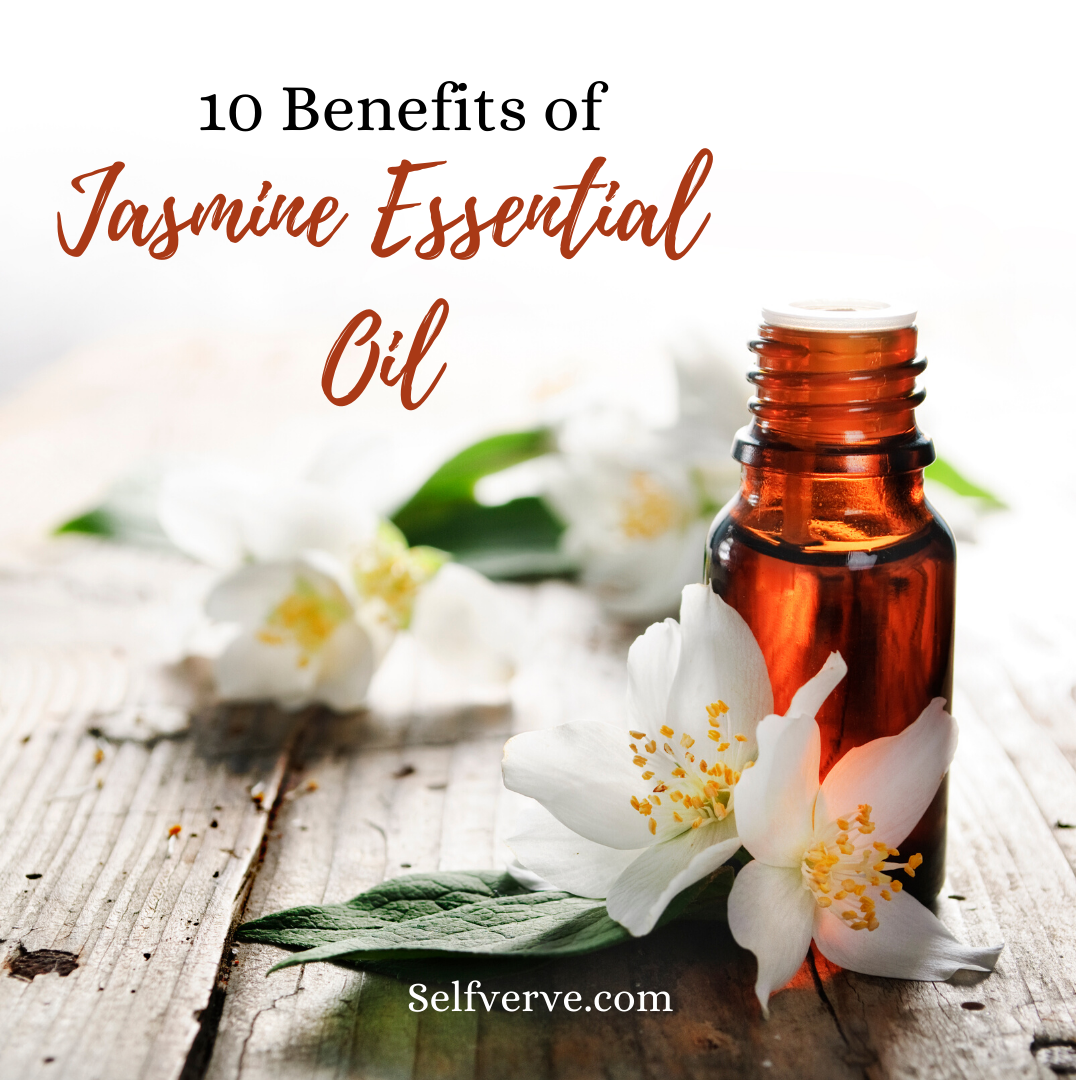
What are Essential Oils
Essential oils are organic compounds extracted from the bark, flower, fruit, leaf, seed or root of a plant or tree and have several healing properties. The oils in the plants are made up of very small molecules that can penetrate your cells, and some can even penetrate the blood-brain barrier. These oils are highly concentrated and have a strong aroma and can be used in aromatherapy and their benefits range from mental to physical healing.
Essential Oil Applications
There are different methods of application that are appropriate for each essential oil. They can be applied topically (in the skin), inhaled, diffused or taken internally. Not all essential oils can be applied all three ways, so it is important that you do your research and buy high-quality oils in order to use them safely. Some essential oils should not be taken internally, topically, or should be used by people with certain sensitivities. Due to the concentration of essential oils, it is important to remember that a little goes a long way and they should only be used at small amounts at a time. Most of them should be diluted with carrier oils to reduce potency and harmful reactions. Also, they must be used with care and guidelines and labels should be read and followed carefully.
Topical Application
Essential oils can be used topically on the skin. Most oils need to be diluted with a carrier oil such as coconut oil, sweet almond oil or jojoba oil. If you are using an essential oil for the first time, it is always safe practice to perform a patch test on a small part of your skin before full body application.
To perform a patch test, dilute the essential oils in a 1:1 ratio, then apply a small amount to the inner part of your forearm or a sensitive part of skin. Wait 24- 48 hours to be sure that no negative skin irritations occur such as swelling, redness, hives or rashes. It is best to start with an even ratio, then work your way up or down slowly to avoid any irritations.
Best Locations to Apply Topically
There are certain parts of the body that are the best spots to add essential oils to for the best results. These spots are called pulse points and they include the following:
- The effected area
- Neck
- Temples
- Wrists
- Abdomen
- Chest
- Soles of the feet
Never apply essential oils to your eyes or ear canals. If essential oils do get into your eyes, place a few drops of a carrier oil in the eye and blink until the oil clears out. As a precaution, contact your physician. Be sure to wash your hands after using essential oils to avoid spreading them into your eyes.
Learn More About: Topical Applications for Essential Oils
Inhalation
When breathing in essential oil fragrances, the process is called aromatherapy. Aromatherapy is a term used when we use essential oils aromatically. When the aromas of an essential oil is inhaled, the molecules enter the nasal cavities and stimulate mental responses in the limbic system which can trigger a powerful emotional response.
Aromatherapy can be obtained by adding a few drops of oils to your bath or shower, by relaxing in a warm bath with bath salts and essential oils, by diffusing the oils in an essential oil diffuser, using room or body sprays containing essential oils, essential oil nasal inhalers, essential oil roll-ons used as perfumes or colognes, or just simply inhaling the aromas from the bottle.
Learn more about Aromatherapy
Oral Application
Many essential oils can be ingested- taken by the mouth or eaten. You can cook with foods that contain essential oils in them such as lemongrass, ginger or cinnamon. You can also use them in teas to create our own herbal tea remedy. A few popular teas would be chamomile tea or peppermint tea. A few other common ways to ingest them is through capsule form, adding a few drops to your beverage or food dishes or by adding a few drops of essential oils under your tongue for fast absorption.
If you are ingesting essential oils, it is critical to make sure that the essential oils you use are safe and pure, are a very high quality, organic, “therapeutic grade” brand and are appropriate for internal use. The Food and Drug Administration (FDA) considers these safe for consumption and has approved some essential oils generically for internal use and given them the generally recognized as safe (GRAS) designation for human consumption.
Learn more about Oral Applications of Essential Oils
Summing It Up
Essential oils can be use in a variety of ways. The best and most well-known way is through aromatherapy or inhalation of the essential oils. When ever choosing essential oils for any method, be sure that the one you choose is safe for that method. Be sure to read the labels and follow the directions carefully.
Which is your favorite way to use essential oils? We would love to know. Leave us a comment below.
Related Posts
More on Essential Oils
Sign Up for Our Newsletter
Be the first to receive our newest posts, sales and exclusive discounts.
Disclaimer
This content is for informational and educational purposes only. It is not intended to provide medical advice or to take the place of such advice or treatment from a personal physician. Neither Self Verve nor the publisher of this content takes responsibility for possible health consequences of any person or persons reading or following the information in this educational content. Be sure to contact your physician before trying any of the items stated in the above article.










